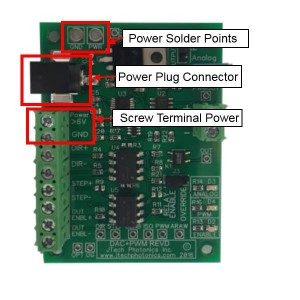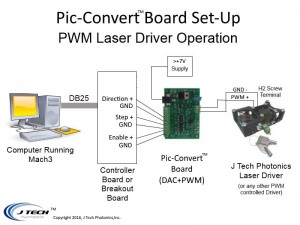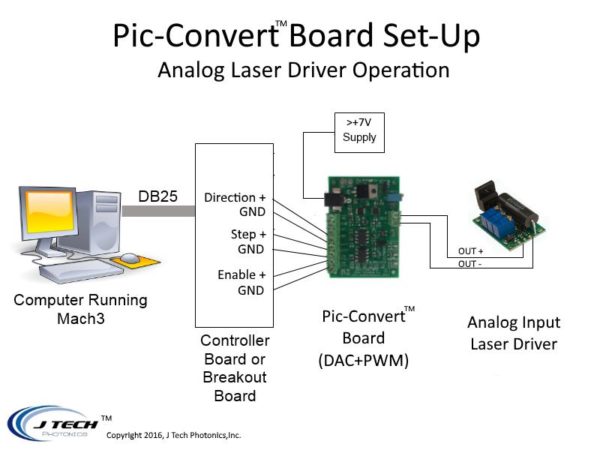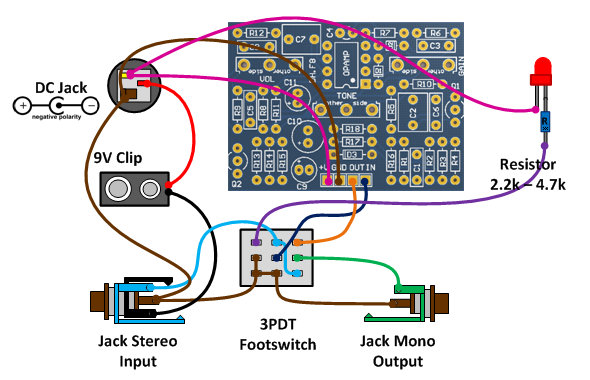
But there are a number of degrading factors to that response, both internal and external to the chip, that renders useless the computing of lookup tables with the ideal values. The ideal response is exactly what ric told you. Gettyah, about the conversion formula: A/D converters are inherently non-ideal circuits. Being inside the AMR will save a huge characterization cost, because the manufacturer already did the testing, and reported in the AMR tables. But this requires extra knowledge and extra characterization, to validate your design. Of course, there are occasions when you do design some circuit that takes advantage of every little detail of the chip, and allow it to go beyond the limits.

When analog performance is important, you have to make sure that no pin (analog or digital) is allowed above VDD, or you will have offset and gain errors in the analog section. If an ESD event happens when a pin is flooding the substrate diodes with current, the ESD could cause more damage than if the diodes were not conducting. This extra stress will have 2 major effects: the analog performance (noise and accuracy) will suffer and the chip ESD protection is compromised. When a substrate diode conducts, it generates stray currents through the substrate and increased current density on several areas of the chip. This does not imply that overvoltage currents below 20mA are considered legal. The AMR state that at 20mA you will likely fuse the internal chip connections due to excess heat. The so called 'protection' diodes will conduct, making the current to sink through the VDD pin. That said, let's see what happens when you let a voltage in a pin to exceed VDD. The AMR is a statement from the factory telling the user that if he or she allows the part to be exercised outside those limits, all bets are off. Anybody that is designing a product based on the chip must design inside the AMR limits, if the product is to hit anywhere outside his or her lab. You may apply higher voltages to any I/O-pin, but you have always to consider the current, which is running into the pic. Also, if your original image files are poorly named, you can use PicConvert to give them meaningful names so they are easier to find and identify.But here is what PicConvert has to offer:- Convert, resize and rename images in batch mode- Input formats: JPG, JPEG, JPE, JP2, JPX, PNG, TIFF, TIF, GIF, BMP- Output formats: JPG, JPEG, JPE, JP2, JPX, PNG, TIFF, TIF, GIF, BMP- Change the image quality for the JPG, JPEG, JPE, JP2 and JPX formats- Keep the EXIF info and creation date of the original images- Save the converted images in a folder of your choosingSo purchase PicConvert today and tasks that used to take hours will now take seconds.I do not agree with this statement in general. Easy and effective.You can also resize your images to reduce their size on disk and optimise them for a specific usage like sending via email or posting on Facebook. Select the images that you want to convert, choose an image format, select the folder where you want your converted images to be saved and you're done! Your images will be converted in a matter of seconds. PicConvert is a compact tool that enables you to convert, resize and rename the files at the same time.' - Convert, resize and rename thousands of image files in batch mode. 'Manipulating large collections of image files without the proper tools can be both time consuming and tedious work. So purchase PicConvert today and tasks that used to take hours will now take seconds.

Save the converted images in a folder of your choosing Keep the EXIF info and creation date of the original images

Change the image quality for the JPG, JPEG, JPE, JP2 and JPX formats Output formats: JPG, JPEG, JPE, JP2, JPX, PNG, TIFF, TIF, GIF, BMP Input formats: JPG, JPEG, JPE, JP2, JPX, PNG, TIFF, TIF, GIF, BMP Convert, resize and rename images in batch mode Also, if your original image files are poorly named, you can use PicConvert to give them meaningful names so they are easier to find and identify.īut here is what PicConvert has to offer:

You can also resize your images to reduce their size on disk and optimise them for a specific usage like sending via email or posting on Facebook. Convert, resize and rename thousands of image files in batch mode.


 0 kommentar(er)
0 kommentar(er)
